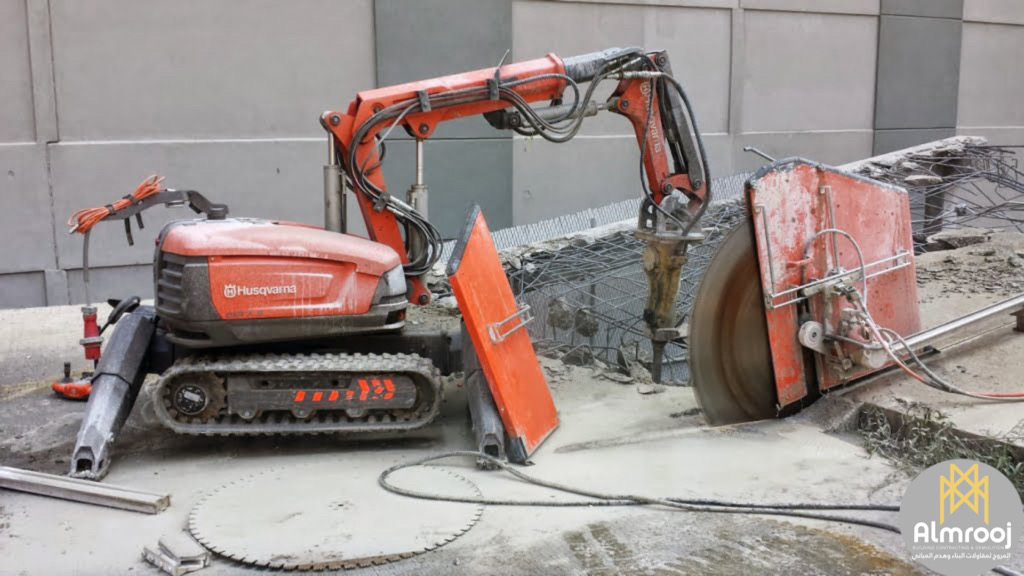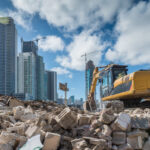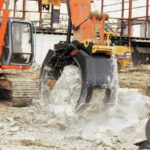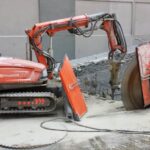+971 55 930 8594 +971 52 200 0704 Info@almrooj.ae The...
Read More
The Ultimate Guide to Wet vs Dry Concrete Cutting
The Ultimate Guide to Wet vs Dry Concrete Cutting
When it comes to concrete cutting, there are two main methods to choose from: wet cutting and dry cutting. Both methods have their pros and cons, but which one is best for your project? In this comprehensive guide, we’ll explore the differences between wet and dry concrete cutting and help you make an informed decision for your next project.
What is Wet Concrete Cutting?
Wet concrete cutting involves using water to cool the blade and lubricate the cut. This method is typically used when cutting indoors or in areas where dust control is a concern. The water helps to reduce the amount of dust and debris created during the cutting process, making it a more environmentally friendly option.
Advantages of Wet Concrete Cutting
- Better Dust Control: As mentioned above, wet concrete cutting helps to reduce the amount of dust and debris created during the cutting process. This makes it a better choice for indoor projects or areas where dust control is a concern.
- Quieter: Wet concrete cutting is generally quieter than dry cutting, making it a better choice for projects in residential areas or other noise-sensitive locations.
- Slower Cutting Speed: Wet concrete cutting is slower than dry cutting, but this is often a trade-off for the other benefits of this method.
Disadvantages of Wet Concrete Cutting
- Slower Cutting Speed: As mentioned above, wet concrete cutting is slower than dry cutting, which can make it less efficient for larger projects.
- Requires Water Supply: Wet concrete cutting requires a water supply, which can be a hindrance for projects in remote locations or where water is scarce.
What is Dry Concrete Cutting?
Dry concrete cutting involves cutting concrete without the use of water. This method is typically used for outdoor projects or when speed is a concern. Dry cutting can be faster than wet cutting, but it generates a lot of dust and debris.
Advantages of Dry Concrete Cutting
- Faster Cutting Speed: Dry concrete cutting is faster than wet cutting, making it a better choice for larger projects or those with tight deadlines.
- No Water Supply Needed: Dry concrete cutting does not require a water supply, making it a better choice for projects in remote locations or where water is scarce.
Disadvantages of Dry Concrete Cutting
- Dust and Debris: Dry concrete cutting generates a lot of dust and debris, making it a less environmentally friendly option and a potential hazard for workers.
- Noisier: Dry concrete cutting is generally noisier than wet cutting, making it a less ideal choice for projects in residential areas or other noise-sensitive locations.
Which Method is Best for Your Project?
When choosing between wet and dry concrete cutting, there are several factors to consider, including the size and location of your project, environmental concerns, and time constraints. If you’re working on a small indoor project and dust control is a concern, wet cutting may be the better choice. If you’re working on a large outdoor project with tight deadlines, dry cutting may be the way to go.
In conclusion, both wet and dry concrete cutting have their pros and cons, and the best method for your project will depend on a variety of factors. Almrooj Demolition Company has experience with both methods and can help you make the best choice for your project. Contact us today to learn more.
Almrooj Building Contracting and Demolition Company
Last Posts
The Importance of Safe and Efficient Demolition Services
+971 55 930 8594 +971 52 200 0704 Info@almrooj.ae The...
Read MoreConcrete Cutting: The Importance of Professional Slab Cutting Services
+971 55 930 8594 +971 52 200 0704 Info@almrooj.ae Concrete...
Read More


